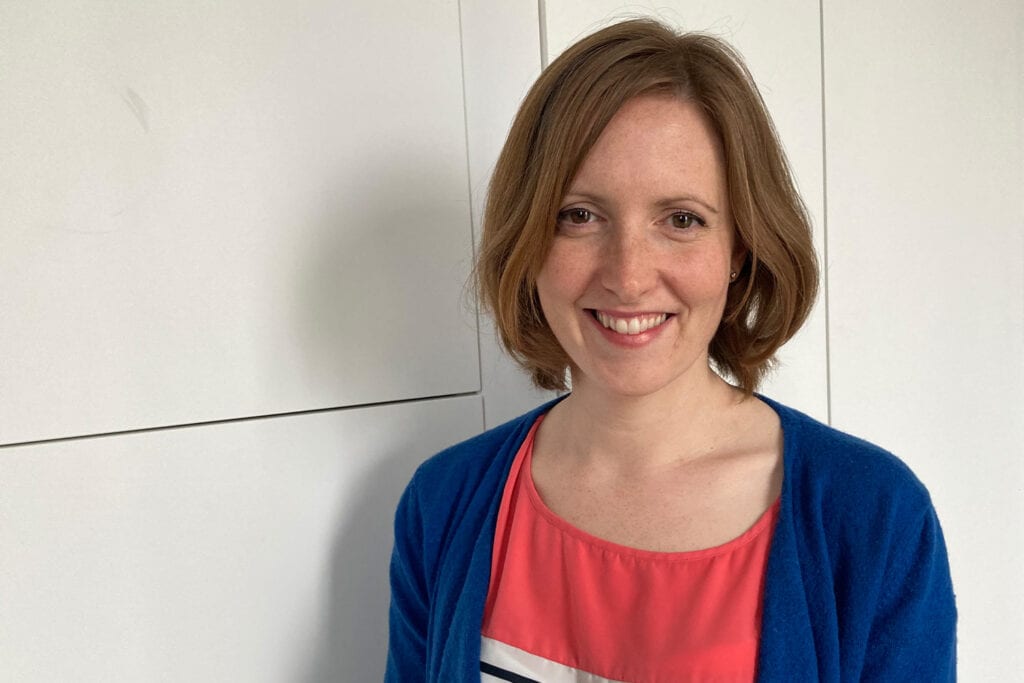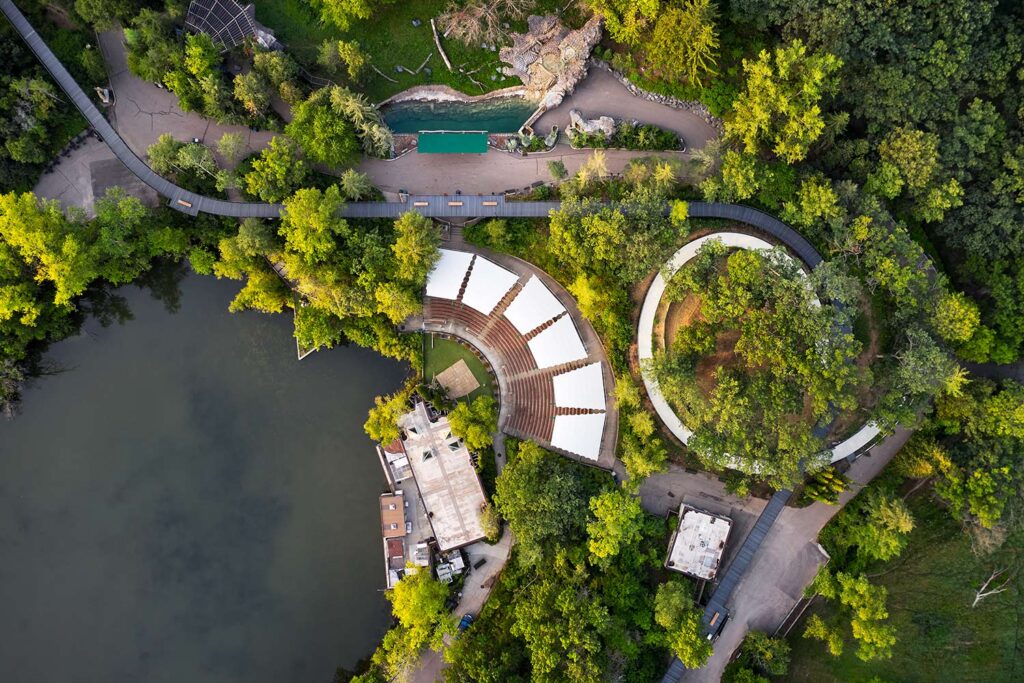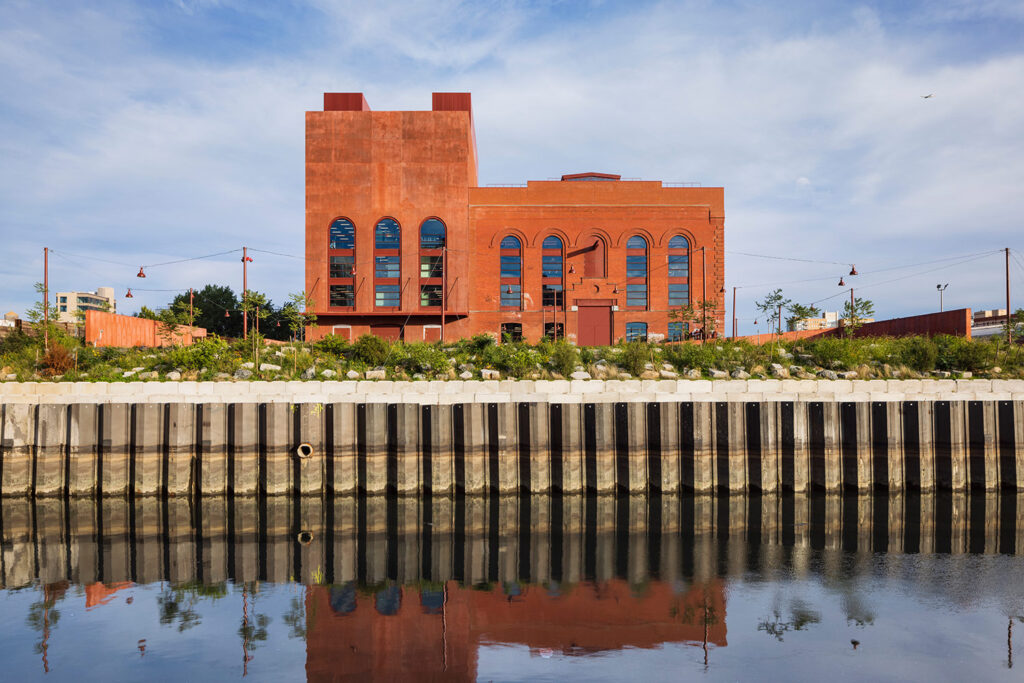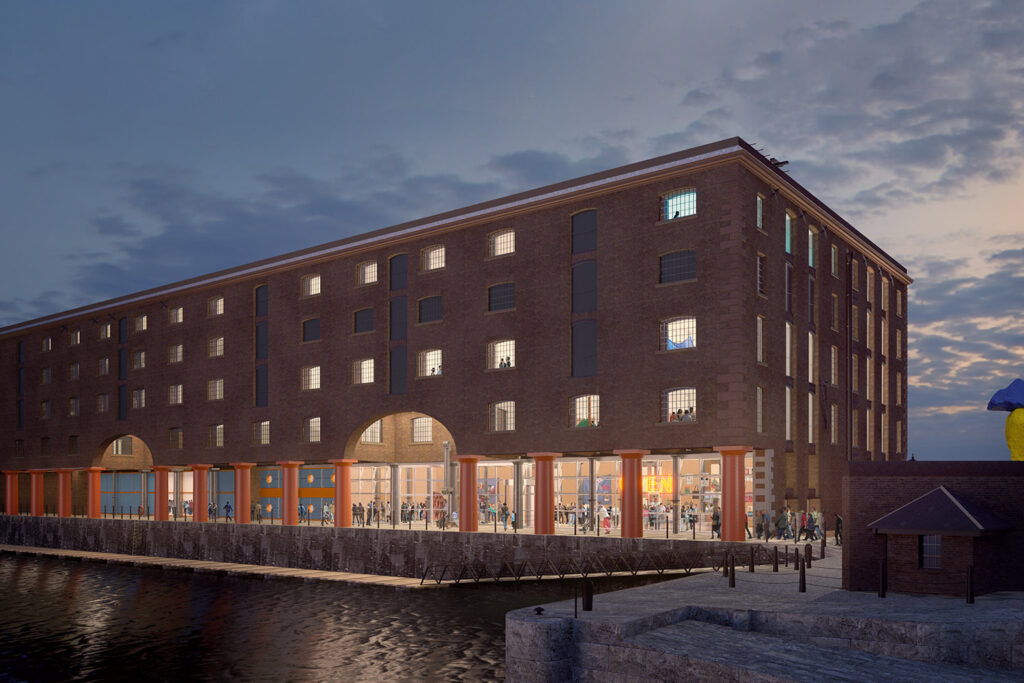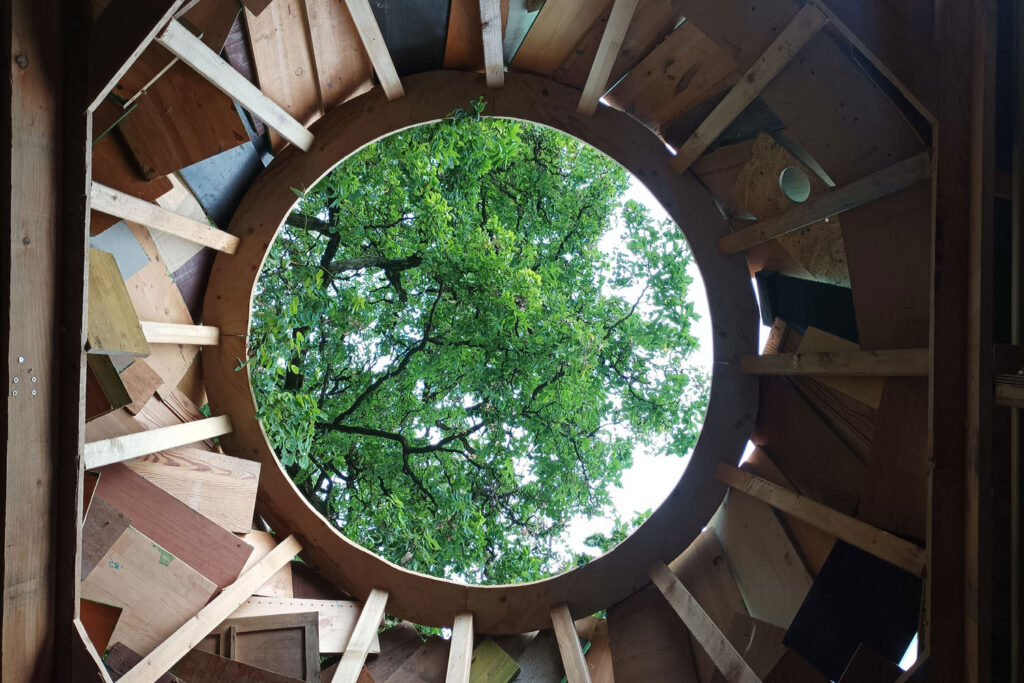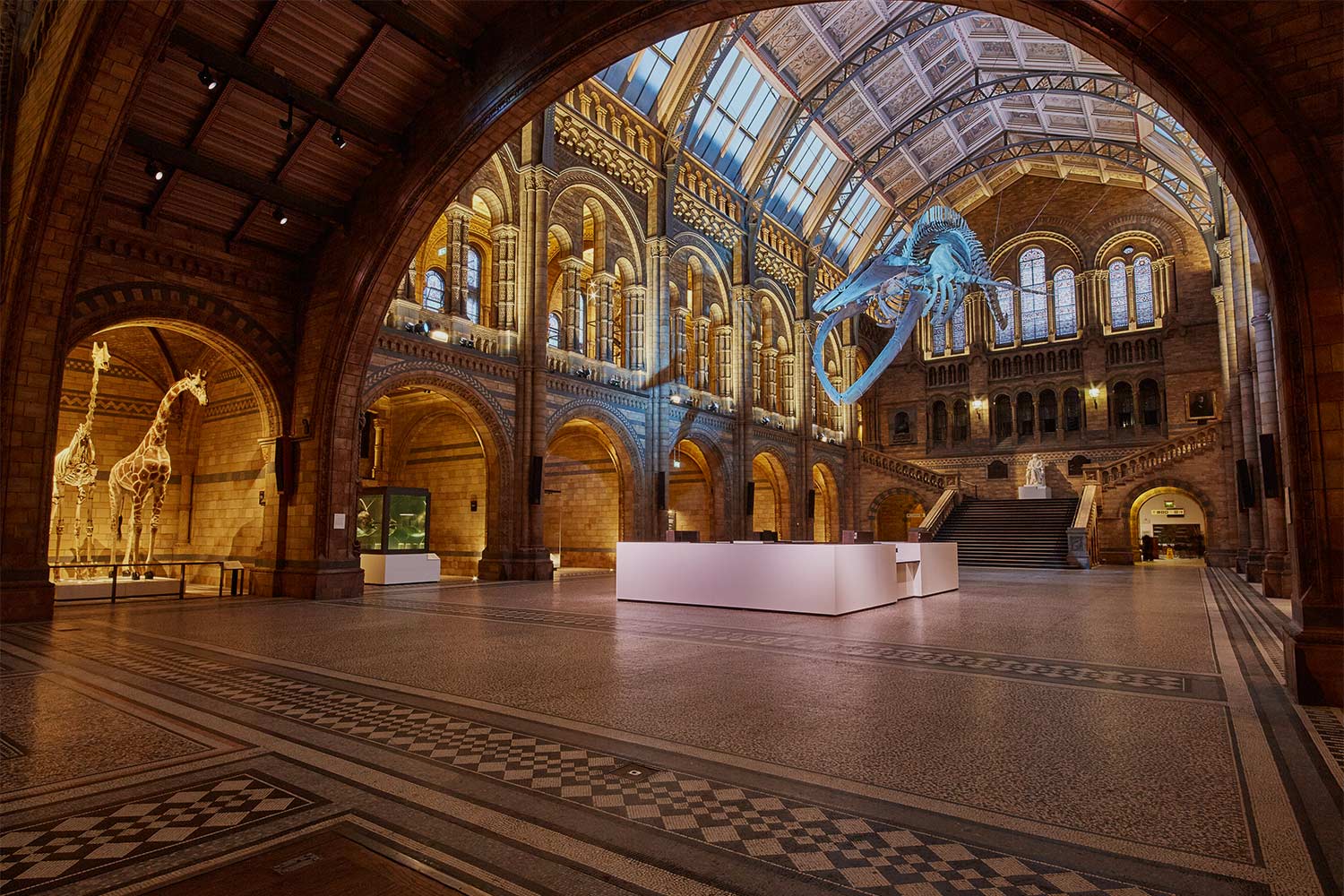
Preserving our planet’s history for the next age
Natural History Museum
London, UK
Project details
Client
Natural History Museum
Architect
C.F. Møller; Dannatt Johnson Architects;John McAslan + Partners
Services provided by Buro Happold
Acoustics, Asset Consultancy, Building Services Engineering (MEP), Energy consulting, Fire engineering, Inclusive design, People movement, Structural engineering, Sustainability
The Natural History Museum in London houses one of the most important earth and life sciences collections in the world. Every year at least 5 million people visit the vast 80+ million specimen collection, which spans billions of years’ worth of evidence of our evolving planet.
The Natural History Museum has set out to redefine themselves, and their impact on society through scientific and technical advances, thus making ‘fundamental contributions to science and inspiring people to engage in a new age of discovery.’
Buro Happold also has a rich history of working closely with the Natural History Museum on a wide variety of projects.
Our vast scope of work has included large scale consulting projects like the Sustainability Framework for the museum’s 2020 vision; the Collection Storage Improvement Programme (CSIP) to safeguard the invaluable treasure of artefacts, cooling strategies, and operational efficiency solutions, fire safety, to people flow strategies.
In preserving and showcasing our planet’s history for the next era, and for one of London’s cherished landmarks, we too had to put the very best of our own experience on display.
Challenge
History tells us museums are universally faced with three challenges: collection storage, the visitor experience and sustainability. How collections are displayed and infrastructure is planned present complex challenges for museums in the 21st century. Visitor expectations have also evolved. Sustainability strategies become a larger question of not just natural resource management and energy efficiency, but also the best practices in visitor engagement in dynamic social, financial and political climates. Add to that, asset management, changing technical infrastructure demands, employee well-being and the long term financial security for the museum and the evolving needs of the museum.
Buro Happold has a wealth of experience and expertise working with the world’s leading museums to meet these objectives.
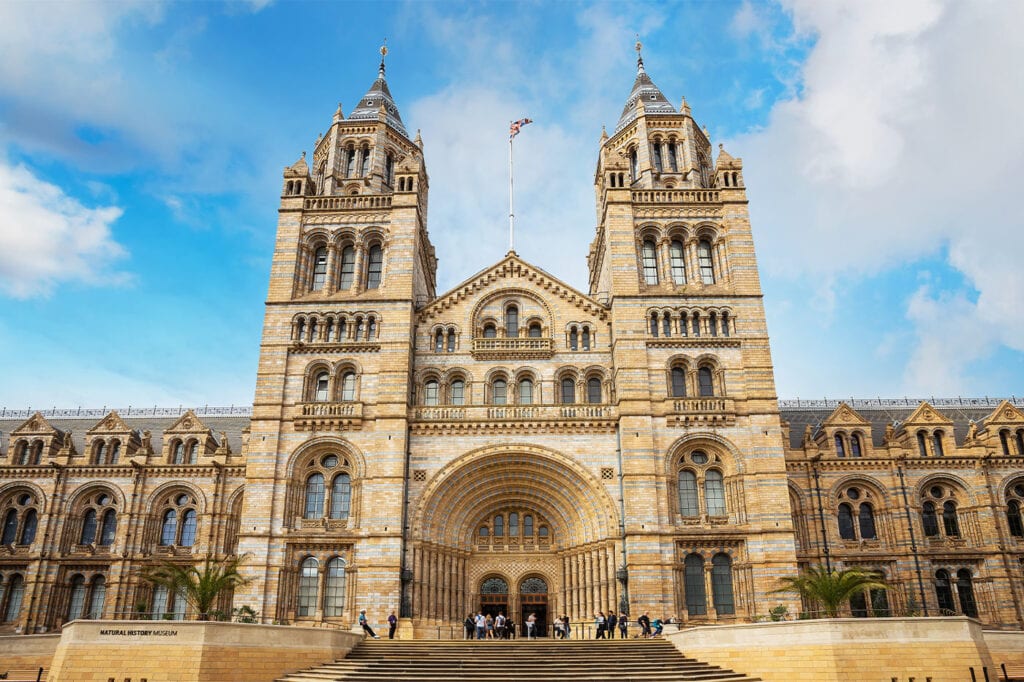
Solution
Throughout our successful history of working closely with the museum, a remarkable collection of our thinking and talent has helped the institution to evolve.
Among the variety of projects, Buro Happold and John McAslan + Partners formed two key studies which would shape the future direction of conservation at the museum. The first, a comprehensive review and masterplan for the Collections Storage areas across the entire estate. The second was a feasibility study of the Palaeontology and eastern side of the campus with a vision to create a world-renowned Earth and Planetary Sciences Centre.
For the Collections Storage Improvement Programme (CSIP) masterplan, the team conducted detailed technical reviews and condition surveys to establish a solid baseline of data from environmental monitoring equipment, as well as leading a stakeholder engagement programme in order to drive the prioritisation of collection locations.
Engaging with collection care managers early on was vital, so that we could establish key performance criteria, create an agreed audit trail and align best practice goals, environmental targets and zoning, on a collection-by-collection basis.

Best practice in collections storage environmental control is based on an increasing understanding of the importance of climate and humidity in the conservation of moisture sensitive objects. Using our evidence base we were able to help the NHM relax the range of acceptable storage conditions and allow passive design techniques to be used.
We’ve also developed an innovative passive design strategy to stabilise the collection store environments, which will result in significant operational savings for the museum.
Thinking outside the display case, this thorough review of the collections storage facilities and the Palaeontology building enabled us to help the Natural History Museum redefine their standards and set out best practice for their collections storage improvement programme.
Value
The collections speak of our past, present and future. They challenge how we think about the natural world, its resources and the planet we live on.
As well as safeguarding the invaluable treasury of specimens and knowledge, we’re continuing to work closely with the NHM to create a world-class campus for further scientific research and to inspire a sense of awe and responsibility for life on Earth, in all of us.
The Natural History Museum forever has a place in our hearts and in our history. We at Buro Happold are incredibly proud to help define its future.





